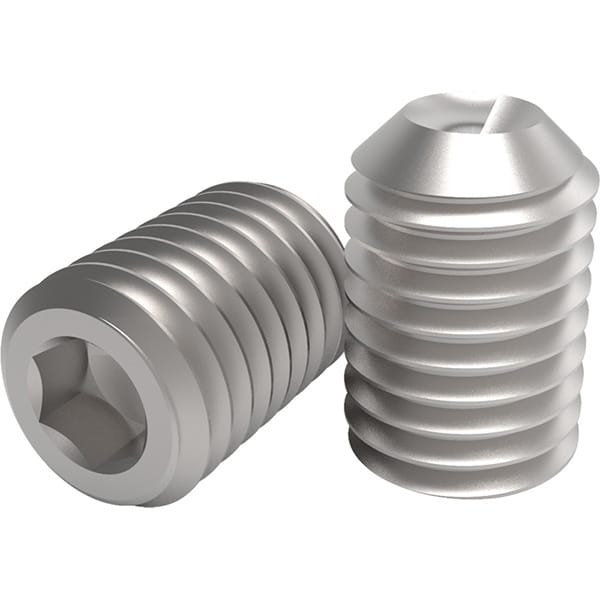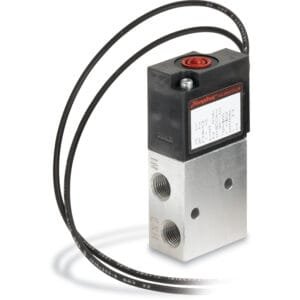Metric Hex Drive Studs
TFM offers Metric Hex Drive Studs designed for heavy-duty fastening applications across industries like aerospace, automotive, and industrial systems. These high-strength studs are engineered with precision to ensure secure connections, featuring a hexagonal drive for efficient torque application and ease of installation.
Key Features
Metric Thread Design
Available in standard metric threads, providing compatibility with a wide range of international fastening systems.High-Strength Materials
Made from durable materials like stainless steel, alloy steel, or other high-strength alloys, ensuring excellent resistance to corrosion, wear, and high temperatures.Hex Drive Configuration
The hexagonal drive allows for easy and secure installation using standard wrenches or drivers, offering superior grip and torque application.Versatile Applications
Suitable for various sectors, including aerospace, automotive, heavy machinery, and vacuum systems, where high mechanical strength and durability are required.Precision Machining
Each stud is machined to exact specifications, ensuring consistency in thread dimensions, length, and overall fit.
Applications
Aerospace: Used in structural components and assemblies where high mechanical loads and corrosion resistance are essential.
Automotive: Ideal for engine parts, exhaust systems, and transmission components.
Heavy Machinery: Perfect for large-scale equipment where secure fastening under extreme conditions is critical.
Vacuum Systems: Stainless steel versions are ideal for UHV and high-vacuum environments.
Why Choose TFM?
TFM’s Metric Hex Drive Studs are engineered for high performance and reliability. Our products are manufactured with the highest standards to meet the rigorous demands of critical applications. With a wide variety of sizes and materials, TFM provides the right solution for your fastening needs.
Ordering Table
| Per Package | Length | Thread Size | Part Number |
| 1 | 0.79 | M4 X 0.7P | HCUM0407-020S4 |
| 1 | 1.38 | M6 X 1.0P | HCUM0610-035S4 |
| 1 | 1.8 | M8 X 1.25P | HCUM0812-045S4 |
| 1 | 2 | M8 X 1.25P | HCUM0812-050S4 |
| 1 | 2.4 | M8 X 1.25P | HCUM0812-060S4 |





Reviews
There are no reviews yet.